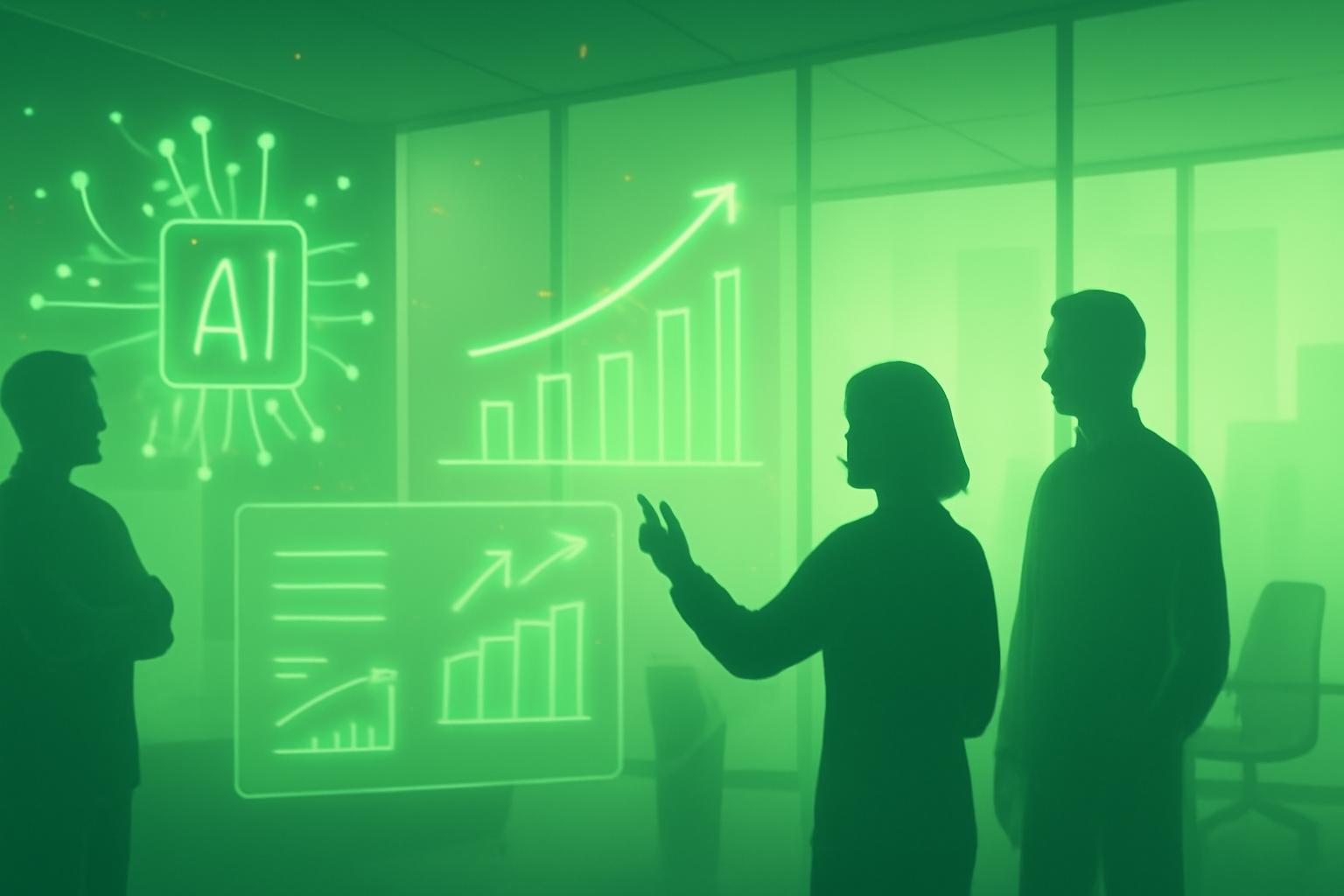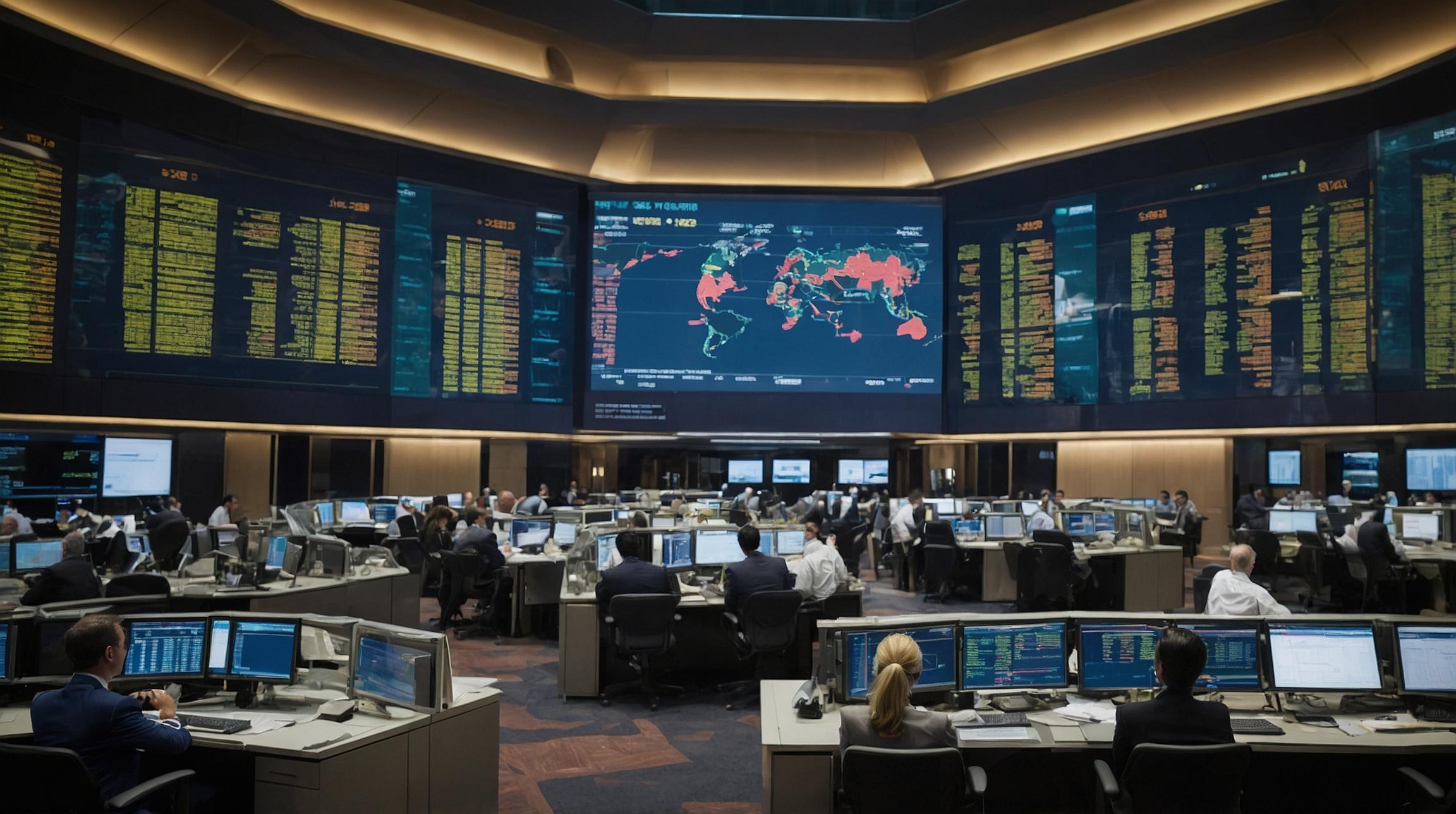Understanding the Current AI Investment Surge
In recent months, the technology sector has witnessed a dramatic surge in investments fueled by advancements in artificial intelligence (AI). This rapid influx of capital has sparked comparisons to the dot-com bubble of the early 2000s, raising concerns about potential market overheating. However, Jim Cramer, a seasoned financial commentator, provides a nuanced perspective, emphasizing critical differences that set today’s AI boom apart from past speculative cycles.
Jim Cramer’s Perspective on AI Spending
According to Cramer, the current wave of AI investment is underpinned by substantial technological progress rather than mere speculation. He highlights that unlike the dot-com era, where many companies lacked viable business models, today’s AI firms are delivering real products and services with tangible applications.
“The crazy spending we see now is not just hype; it’s a reflection of meaningful innovation that is reshaping industries,” Cramer states.
- Technological Foundation: AI advancements are grounded in decades of research, whereas many dot-com companies were premature market entrants.
- Business Viability: Current AI firms demonstrate clear revenue models and scalable applications, unlike many defunct dot-com startups.
- Market Adoption: AI technologies are being rapidly integrated across sectors, driving real economic value.
- Investment Quality: Capital is flowing into companies with proven capabilities rather than speculative concepts.
These distinctions suggest that while exuberance exists, the AI sector’s growth is more sustainable and less prone to abrupt collapse than the dot-com frenzy.
Market Outlook and Investor Considerations
Cramer advises investors to remain vigilant but optimistic. The AI boom presents significant opportunities for growth and innovation, but due diligence remains essential to navigate potential volatility.
“Investors should focus on companies with solid fundamentals and clear paths to profitability,” Cramer recommends.
FinOracleAI — Market View
The current AI investment landscape reflects a paradigm shift in technology adoption and capital allocation. Unlike the dot-com bubble, where speculative enthusiasm outpaced technological readiness, today’s AI spending is driven by verifiable innovation and broad industry integration.
- Opportunities: Expansion of AI applications across healthcare, finance, and manufacturing sectors; increased productivity and efficiency gains; emergence of new business models.
- Risks: Potential market corrections due to overvaluation; regulatory scrutiny; challenges in scaling AI solutions sustainably.
Impact: The AI boom is poised to deliver transformative economic benefits, with a more measured risk profile compared to previous technology bubbles. Investors should balance enthusiasm with rigorous analysis to capitalize on this evolving market.













